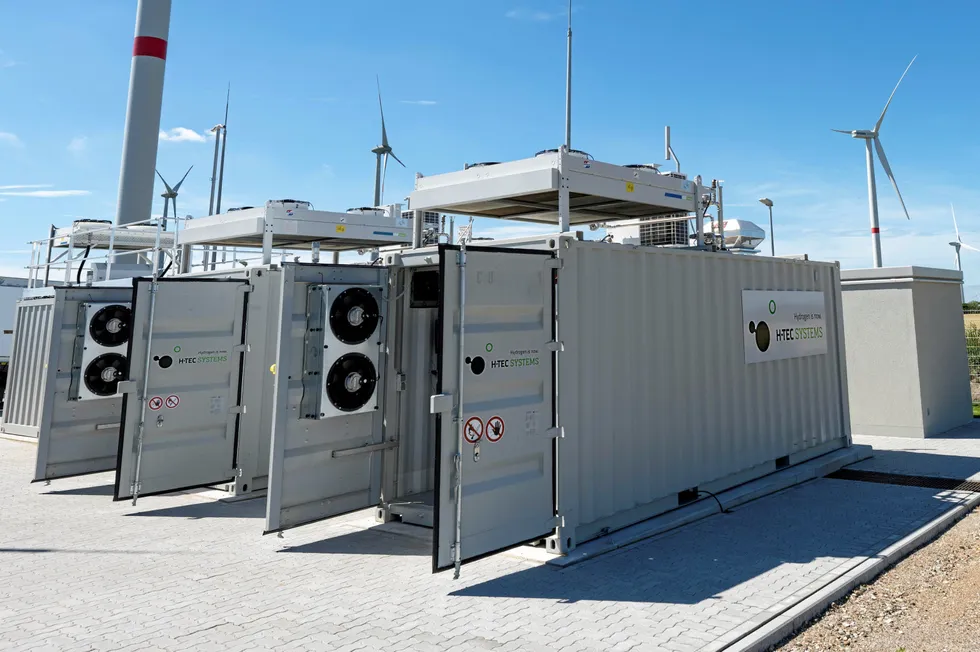'Distant reality' | Global hydrogen electrolyser project pipeline hits 1,125GW, but only 450MW in operation: analyst
Electrolyser manufacturing capacity will keep up with worldwide demand, adds Aurora Energy Research

Electrolyser manufacturing capacity will keep up with worldwide demand, adds Aurora Energy Research
